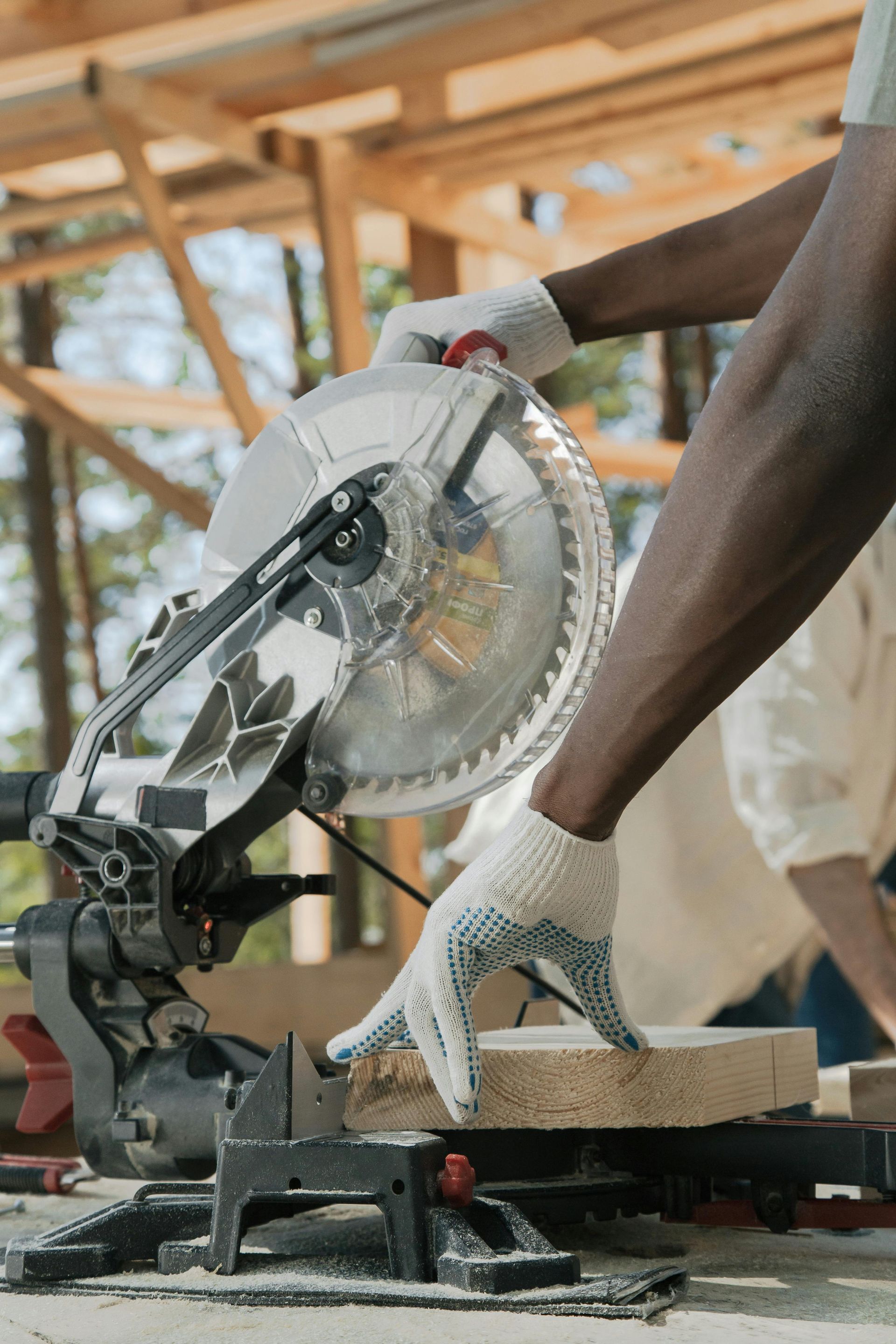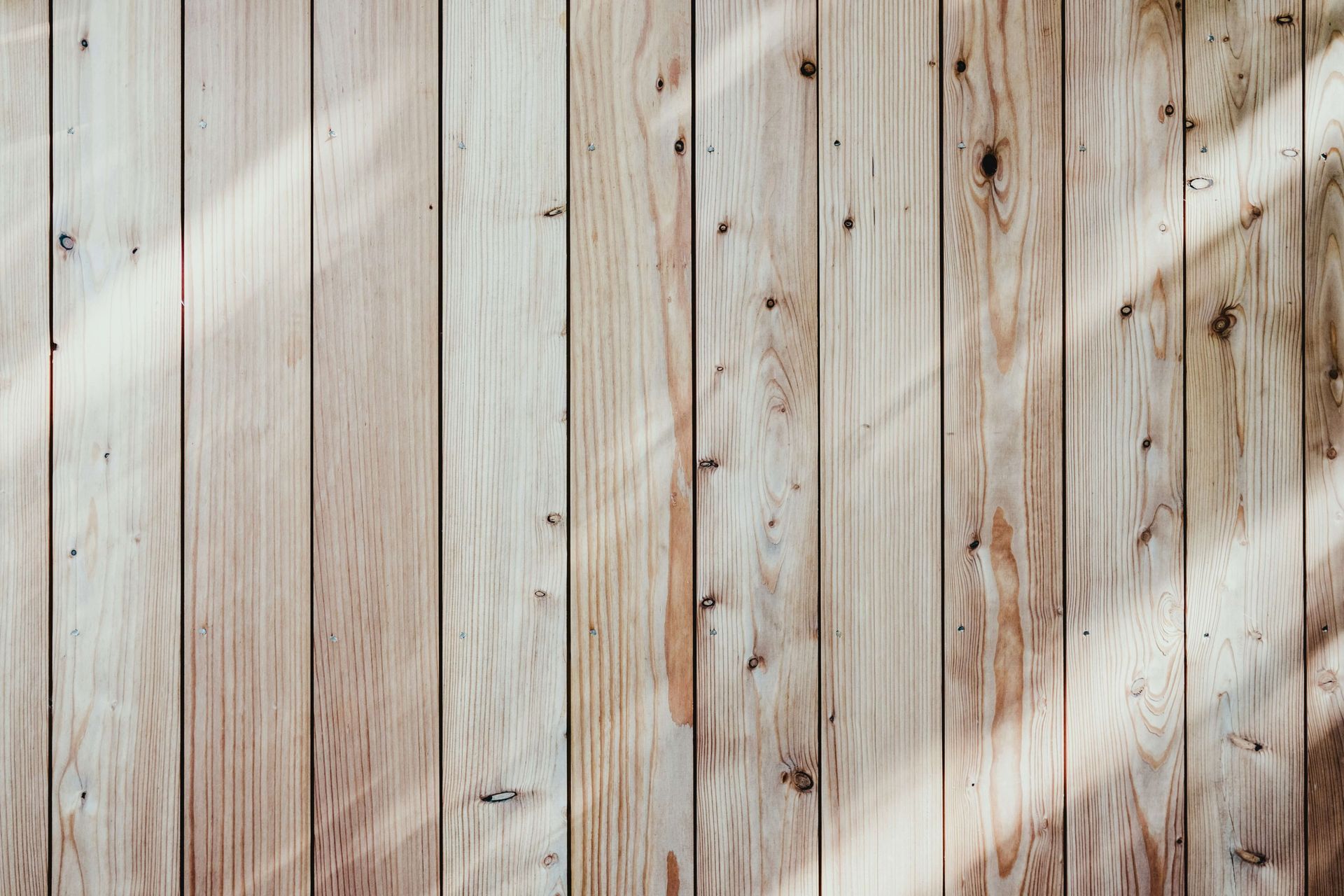Expert tips
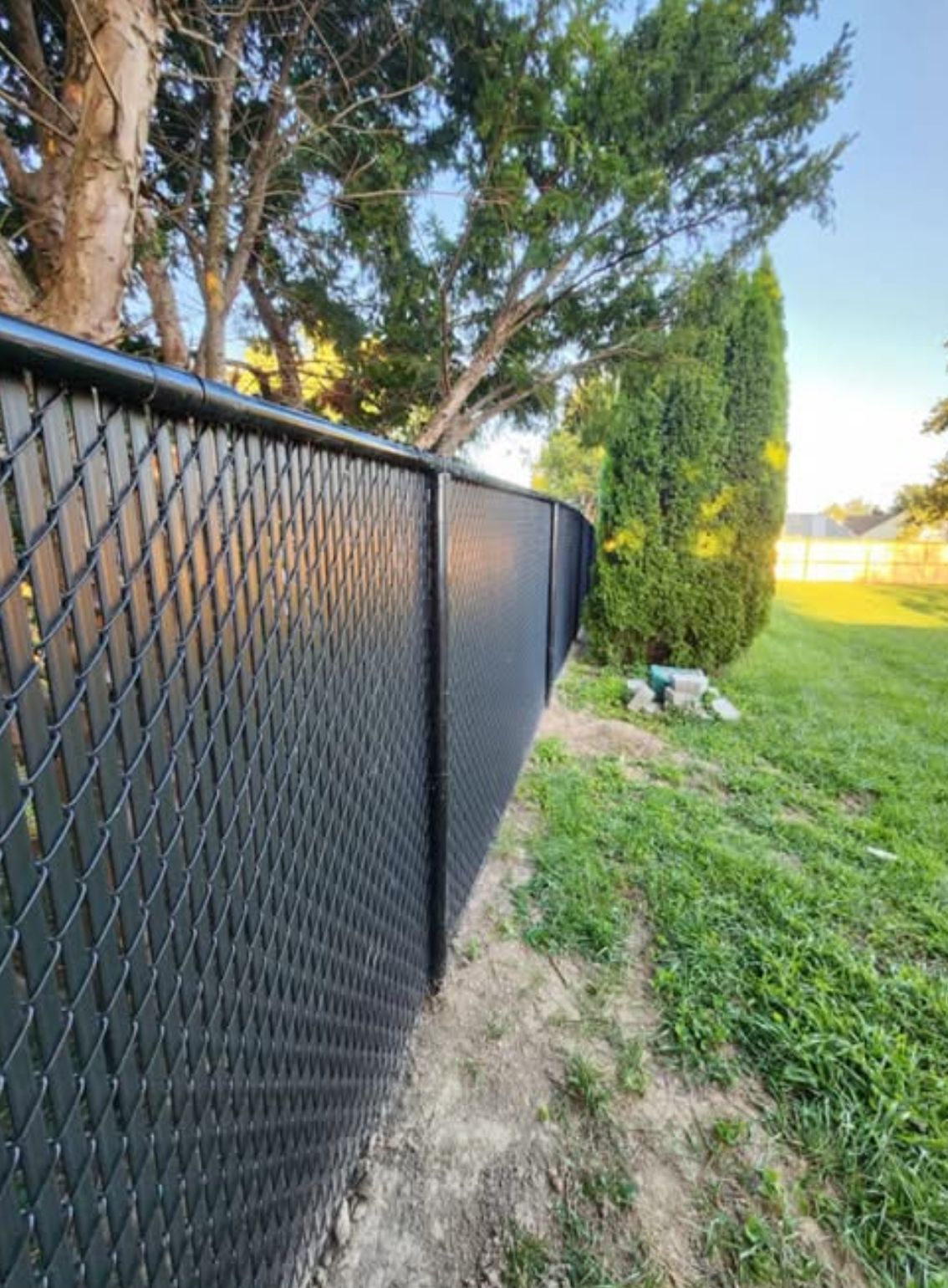
By Kyle Weindel
•
March 14, 2025
When considering enhancing the privacy, security, or aesthetic appeal of your property, choosing the right Racine Fence Company is crucial. With numerous options available, homeowners frequently wonder, "How do I select the best fence company near me?" In this guide, we’ll walk you through everything you need to know about fence installation in Racine, WI, empowering you to make the most informed choice for your property. Why Selecting the Right Racine Fence Company Matters Selecting a reputable Racine fence company ensures that your project will meet high-quality standards and exceed your expectations. A qualified fence installation company provides peace of mind by delivering timely, efficient services, and expert advice. With an experienced fence company near me, your fence installation in Racine, WI, becomes hassle-free and enhances the overall value of your home. What to Look for in a Fence Company Near Me - When you're researching fence installation Racine WI, several factors should be considered: Local Reputation: Does the Racine fence company have positive local reviews? Testimonials from neighbors or online platforms can be great indicators of reliability and quality. Experience: A fence company near me should have extensive experience installing fences in the local area. Experienced installers understand local regulations, climate considerations, and the best materials suited for Racine’s environment. Quality of Materials: Quality materials are essential for durability and appearance. A reputable Racine fence company will clearly communicate about the materials they use and provide options that suit your needs. Pricing and Estimates : Transparency in pricing from your fence company near me ensures no hidden fees or surprises. Companies offering free estimates and consultations typically stand by their service quality and pricing. Popular Types of Fencing Offered by Racine Fence Company Providers: A professional Racine fence company typically offers a variety of fence options. Here are popular choices for fence installation in Racine WI: Wood Fences: Known for their natural beauty and affordability, wood fences remain a popular choice for homeowners seeking privacy and aesthetic appeal. Vinyl Fences: With minimal maintenance and impressive durability, vinyl fences are ideal for Racine’s changing weather conditions. Chain Link Fences: Ideal for security without obstructing visibility. Often preferred for commercial properties and residential yards. Aluminum Fences: Elegant and durable, aluminum fences add a touch of sophistication and are rust-resistant, ideal for Racine’s seasonal weather. Benefits of Professional Fence Installation Racine WI Hiring a professional fence installation service comes with numerous benefits: Expertise and Skill: Professional fence installers from a reputable Racine fence company have the experience necessary to handle potential installation challenges efficiently. Compliance with Local Codes : A fence company near me understands and complies with local zoning laws and regulations, ensuring your installation is legal and safe. Time and Cost Efficiency: Professional fence installation in Racine WI ensures your fence is installed swiftly and correctly the first time, saving you time and future costs on repairs or adjustments. Steps to Hiring a Fence Company Near Me When you’re ready for fence installation Racine WI, follow these steps to ensure a smooth process: Research and Shortlist: Start by looking for a "fence company near me". Check their online presence, read reviews, and ask for recommendations. Request Estimates : Contact several local companies to request estimates. Clearly explain your project, and assess their responsiveness and professionalism. Check Credentials: Verify that your selected Racine fence company is licensed, insured, and has a solid local reputation. Review Contracts Carefully: Ensure the contract clearly outlines the scope, materials, timeline, and total cost for your fence installation project. Maintaining Your Fence After Installation After installation by your chosen Racine fence company, maintaining your fence is critical. Regular maintenance preserves the beauty and longevity of your fence: Regular Inspection: Regularly inspect your fence for any signs of damage or wear. Timely Repairs: Contact a fence company near me immediately if you notice issues to prevent further deterioration. Cleaning and Maintenance: Depending on the material, ensure regular cleaning and sealing or repainting to keep your fence looking its best. Why Local Matters: The Advantage of Hiring a Racine Fence Company Choosing a local Racine fence company offers distinct advantages. Local companies are intimately familiar with the area’s specific regulations, weather challenges, and community preferences, providing tailored solutions that national chains may overlook. When searching for a fence company near me, local providers can offer customized advice, prompt service, and stronger accountability. Conclusion Selecting a trusted Racine fence company for your fence installation Racine WI project is crucial to achieving your desired outcomes. By considering experience, reputation, variety of services, and professional installation benefits, you ensure a smooth and satisfactory process. Now, equipped with this knowledge, you can confidently reach out to a fence company near me, bringing your vision to reality with confidence and clarity. Investing in professional fence installation not only enhances the security and appeal of your property but also adds lasting value to your home in Racine. When you're ready to begin your fence project, remember that choosing a reputable, experienced local company is the first critical step toward achieving superior results.
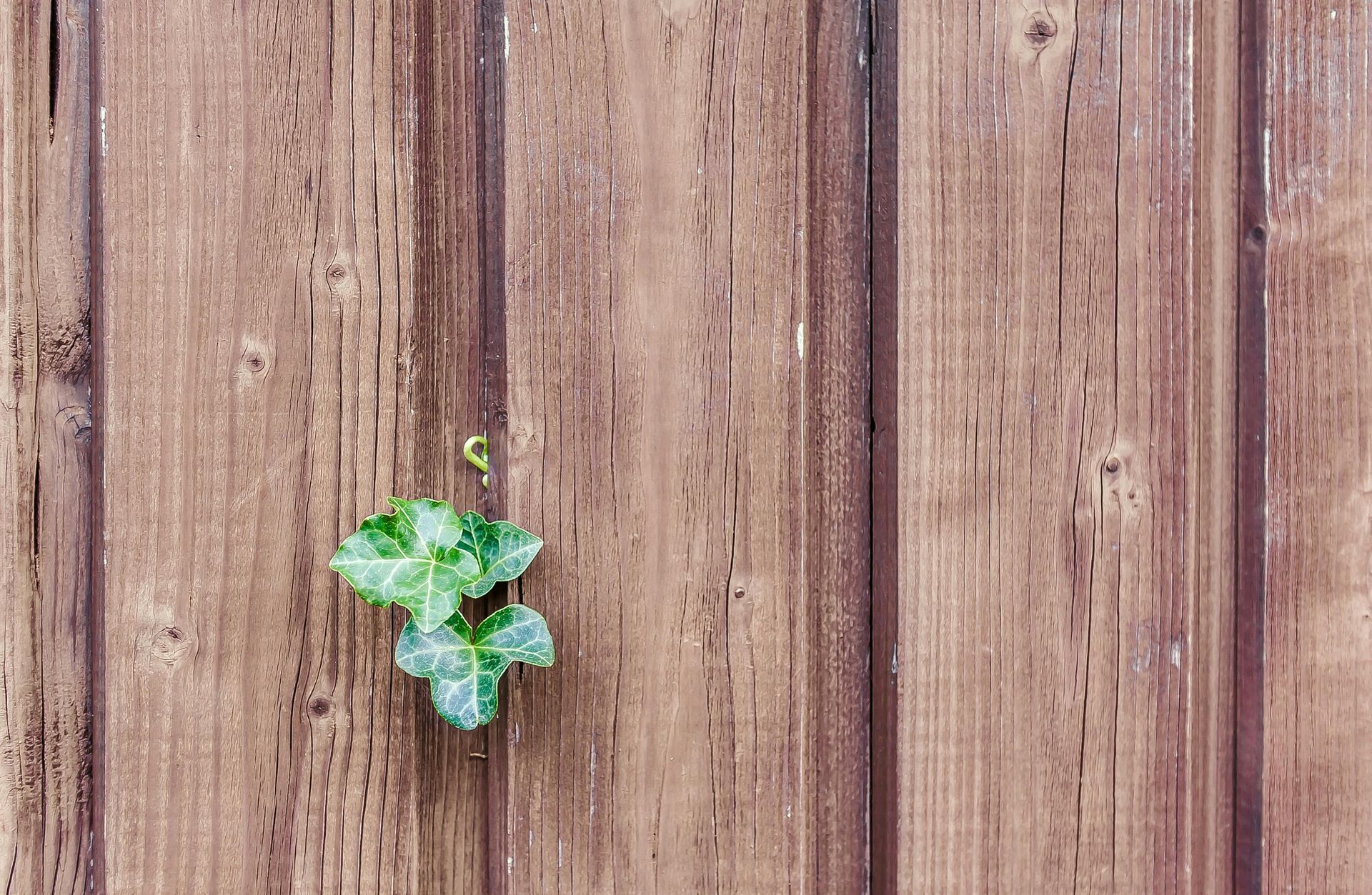
By Kyle Weindel
•
March 11, 2025
How Much Do People Charge to Install Fences? On average, fence installation in Racine, WI, typically costs between $15 and $45 per linear foot, depending on the type of fencing material chosen and complexity of the installation. Labor costs alone usually account for $5 to $20 per linear foot. Professionals often provide estimates based on material choice, length of fencing, terrain, and additional services such as gate installation. How Much Does it Cost to Install a 500 Foot Fence? Installing a 500-foot fence in Racine typically costs between $7,500 and $22,500, averaging around $15,000. Chain-link fences are usually on the lower end of this spectrum ($7,500 to $10,000), while wooden or vinyl fencing will likely approach or exceed $15,000 due to higher material costs and increased labor requirements. How Do I Estimate How Much to Install a Fence? To accurately estimate fence installation in Racine, WI, consider these critical steps: Measure the Perimeter: Measure the total length of fencing needed. Select Material: Choose your fence material—options include wood, vinyl, aluminum, chain-link, or composite. Calculate Material Cost: Multiply the cost per linear foot of your chosen material by total footage. Factor in Labor: Add labor costs, usually between $10-$25 per linear foot. Consider Additional Costs: Gates, permits, terrain challenges, and removal of old fences can increase the total price. Why is Fence Installation So Expensive? Fence installation can be costly due to several factors, including materials, labor, equipment, and complexity of installation. Wood and vinyl are particularly expensive due to raw material costs and durability. Additionally, installation complexity, such as uneven terrain, soil conditions, and local building codes in Racine, WI, can drive up labor and overall project costs. How Much Does it Cost for 200 Feet of Fencing? For 200 feet of fencing in Racine, WI, expect to pay between $4,000 and $9,000. Chain-link fences may cost around $3,000 to $4,000, while wooden or vinyl fences typically cost between $5,000 and $9,000. Vinyl and composite materials, while more expensive initially, offer lower maintenance costs over time. What is the Most Affordable Fence to Install? The most affordable fence to install in Racine, WI, is typically chain-link, costing around $15 to $20 per linear foot including installation. It is a practical, low-cost choice offering durability and easy maintenance. Wood is another affordable option at around $20 to $30 per linear foot, though it requires regular upkeep. Choosing the Right Fencing Professional in Racine, WI Selecting an experienced fence installation professional is crucial. Look for licensed, insured, and reputable contractors in Racine with positive customer reviews. Reliable professionals offer free, detailed estimates and transparent pricing. Fence installation in Racine, WI, is an investment enhancing your property's functionality, security, and value. By understanding costs, estimating accurately, and selecting affordable fencing options, homeowners can make informed decisions tailored to their needs and budget.

By Kyle Weindel
•
February 3, 2025
Maintaining your fence is crucial for both the security and aesthetic appeal of your property in Racine, WI. Homeowners often have questions about the costs associated with fence repairs and replacements, as well as the best times to undertake these projects. In this article, we'll address common queries to help you make informed decisions. What is the Average Cost to Repair a Fence? The cost to repair a fence varies based on the material, extent of damage, and local labor rates. Here's a breakdown of average repair costs by fence type: Wood Fences: Repairing a wood fence typically costs between $200 and $800. Common issues include rot, warping, or broken boards. Chain-Link Fences: Repairs for chain-link fences can range from $550 to $870, depending on the damage. Issues often involve rust or bent sections. Vinyl/PVC Fences: Repair costs for vinyl fences are approximately $460 to $670. These fences may suffer from cracks or broken panels. Aluminum/Steel Fences: Fixing metal fences averages around $450 to $930, with common problems including rust or bent sections. Please note that these figures are averages, and actual costs can vary based on the specific circumstances of your fence repair in Racine. Is It Better to Repair or Replace a Fence? Deciding between repairing or replacing your fence depends on several factors: Exten t of Damage: Minor issues like a few broken boards or slight leaning can often be repaired cost-effectively. However, extensive damage, widespread rot, or structural issues may necessitate a full replacement. Age of the Fence: If your fence is nearing the end of its expected lifespan, investing in repairs might only provide a temporary solution. In such cases, replacement could be more economical in the long run. Material Considerations: Some materials are easier and cheaper to repair than others. For instance, wood fences are relatively simple to fix, whereas vinyl or metal fences might require specialized parts or labor. Consulting with a local fencing professional in Racine can provide personalized advice based on your fence's condition and your budget. What Time of Year is Fencing the Cheapest? Fencing projects can be more cost-effective during the off-peak seasons. In Racine, the demand for fence installation and repair typically decreases during late fall and winter due to colder weather. During these times, contractors may offer discounts or have more availability, potentially reducing labor costs. However, it's essential to consider that harsh winter conditions can delay projects or affect material performance. Planning your fencing project for early spring or late fall might balance cost savings with favorable weather conditions. How Much Does It Cost to Replace a 10-Foot Section of Fence? Replacing a 10-foot section of fence involves material and labor costs, which vary based on the fence type: W ood Fence: The average cost to install a wood picket fence ranges from $10 to $36 per foot, totaling approximately $100 to $360 for a 10-foot section. Chain-Link Fence: Installing a chain-link fence costs about $15 per linear foot, so a 10-foot section would be around $150. Vinyl Fence: Vinyl fencing averages $20 to $40 per foot, resulting in $200 to $400 for a 10-foot replacement. Aluminum/Steel Fence: These fences cost approximately $25 to $50 per foot, totaling $250 to $500 for a 10-foot section. Keep in mind that these estimates can vary based on local material costs and labor rates in Racine. It's advisable to obtain quotes from reputable local contractors to get accurate pricing for your specific project. In conclusion, understanding the costs associated with fence repair and replacement, as well as the optimal timing for such projects, can help Racine homeowners make informed decisions. Regular maintenance and timely repairs can extend the life of your fence, ensuring it continues to provide security and enhance the beauty of your property.
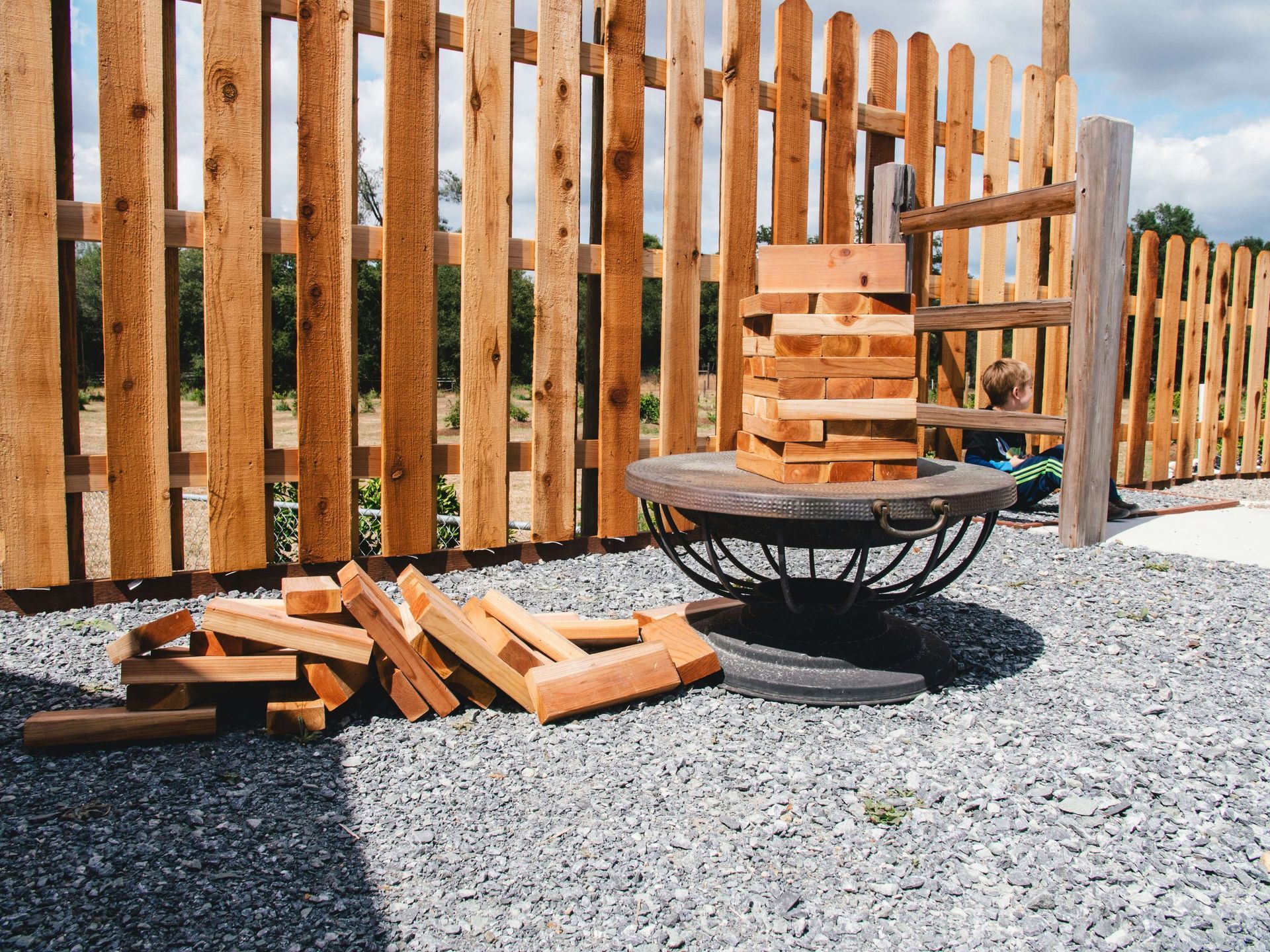
October 25, 2024
Putting up a fence around your property can bring privacy, security, and curb appeal, but it also comes with a variety of costs. The price of a fence installation in Racine, WI depends on factors like the size of your lot, the type of fence you want, materials, and labor. This guide will break down the costs to help you understand how much you might need to invest in fencing your property. Key Factors in Fence Installation Costs Several elements influence the overall price of installing a fence, including: 1. Fence Size 2. Type of Fence 3. Material 4. Labor 5. Additional Features Let’s dive into each to give you a clearer picture. 1. Fence Size The length and height of the fence you choose will significantly impact the cost. Generally, the longer the fence, the more material and labor it requires, increasing the expense. Here’s an estimate of the cost for typical residential fences by linear footage: 100 linear feet: around $2,200 150 linear feet: approximately $3,500 300 linear feet: roughly $6,800 On average, most homeowners pay between $6 and $50 per linear foot, with the typical range for residential fence installation being about $22 per linear foot. Costs by Lot Size Your lot’s size also determines the length of fence required, impacting the cost: 1/8 acre (about 150 linear feet): $3,400 1/4 acre (roughly 220 linear feet): $4,800 1/2 acre (around 590 linear feet): $13,500 1 acre (about 1,100 linear feet): $23,500 2 acres (around 2,200 linear feet): $44,500 2. Type of Fence The fence type you choose can affect not only aesthetics but also cost. A basic decorative fence is more budget-friendly, whereas a solid privacy fence, which uses more materials to fully block the view, will cost more per foot. For example, a typical privacy fence averages around $33 per linear foot, whereas a decorative chain-link fence might range from $10 to $20 per linear foot. 3. Materials Different materials come at varying price points and offer unique benefits: Aluminum: $17–$85 per linear foot Chain-link: $8–$38 per linear foot Composite: $12–$42 per linear foot Electric: $3–$4 per linear foot Privacy (wood or vinyl): $25–$38 per linear foot Steel: $18–$88 per linear foot Vinyl (PVC): $15–$39 per linear foot Wood: $11–$42 per linear foot Wrought Iron: $28–$53 per linear foot The material you choose influences not only the upfront cost but also the long-term maintenance requirements. For instance, wood requires periodic sealing or staining, while PVC or vinyl is low-maintenance but comes at a higher price per foot. 4. Labor Labor usually makes up around 50% of your fence installation costs. On average, labor for a basic fence installation costs around $1,500, though it can go higher for heavier materials or intricate designs. Labor rates also vary depending on your location—urban areas typically have higher labor costs than rural ones. Hiring a professional installer is often worth the investment for a durable, well-installed fence that meets local regulations and won’t need frequent repairs. 5. Additional Features Permits Most cities and towns require a permit for fence installation, especially if the fence will be installed near property lines. Permit fees typically range from $20 to $60, but some contractors may include this in their pricing. Gates and Other Add-Ons If you need gates, expect an extra expense. A single side gate might cost between $150 and $1,100 based on its size and material, while a driveway gate can cost up to a few thousand dollars if automated. Land Preparation Preparing the land can also add to the budget. For example, grading for a level fence costs between $1,000 and $3,000, and tree or stump removal may add another $100 to $2,000 depending on the scope. DIY vs. Professional Installation If you have the tools and experience, you can save around $1,500 to $2,000 in labor costs by installing a fence yourself. Keep in mind that DIY projects often require additional time and planning, such as permit applications, equipment rentals, and material sourcing. Hiring a professional might cost more upfront, but their expertise can save you from costly errors and ensure the fence is installed according to local building codes. Tips to Save on Fence Installation Choose Budget-Friendly Materials: Chain-link or wood are often more affordable than aluminum or wrought iron. Minimize Fancy Features: Complex designs, gates, or decorative caps add to the cost. Plan Ahead: Installing a fence in off-peak seasons (like winter) can sometimes score you a better rate from contractors. Get Multiple Quotes: Getting at least three quotes from reputable contractors can help you find the best value for your project. Final Thoughts Installing a fence is a significant investment, but the added privacy, security, and aesthetic appeal can make it worthwhile. From choosing the right material to hiring a reliable contractor, planning carefully can help you achieve the results you want without breaking the bank. With the right information, you’ll be able to make the best decision for your property, budget, and style.
Location
1220 Mound Ave UNIT 500
Racine, WI 53404
racinefencecontractor@gmail.com
Call / Text
(262) 683-5661
Racine Fence Contractor
1220 Mound Ave Unit 500, Racine, WI 53404
(262) 683-5661
Find Racine Fence Contractor on Google
Areas We Serve
Services
Working hours
- Mon - Wed
- -
- Thu - Sat
- -
- Sunday
- -
© 2025
